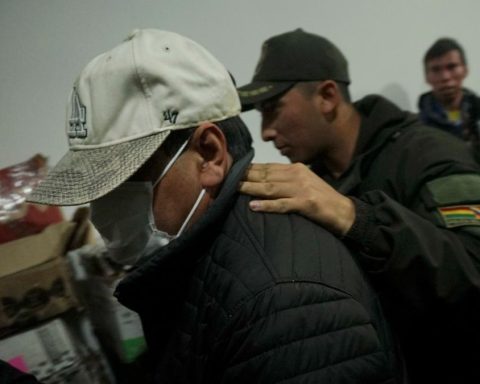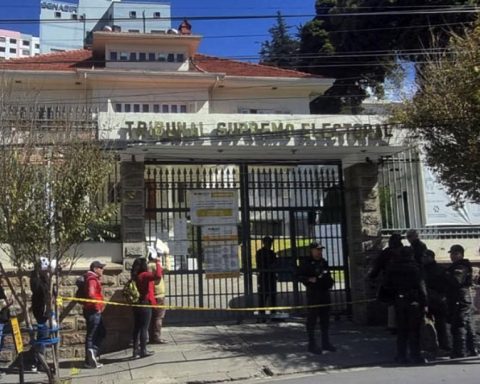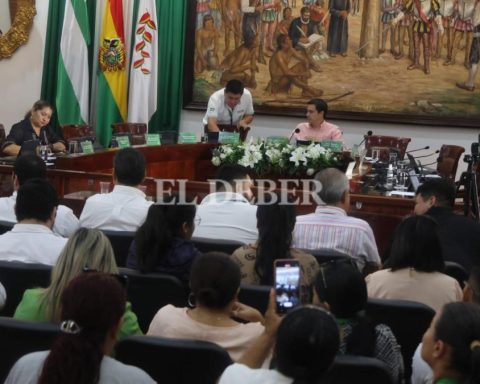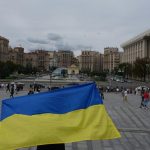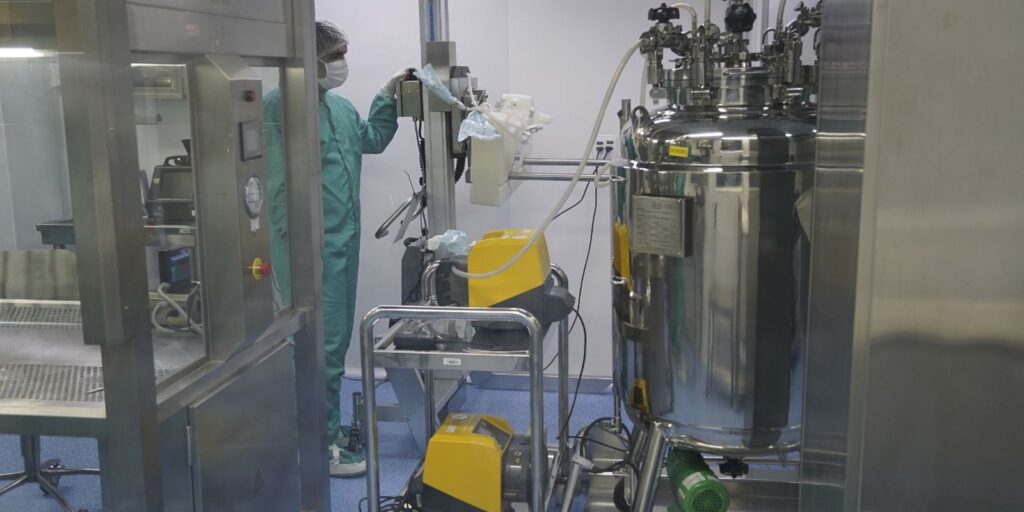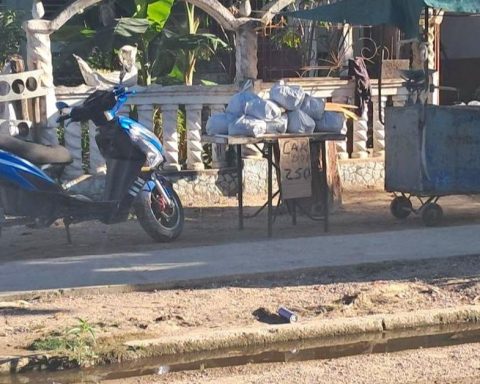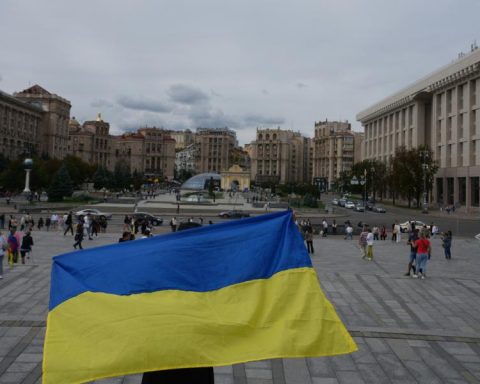Page Seven / La Paz
According to a study carried out by the Community, Action and Freedom Group (CALI), coca production skyrocketed in the Chapare after the entry into force of Law 906 General of Coca. From the Movement Towards Socialism (MAS) they point out that the increase is due to the fact that “there were no controls” in the transitional government.
This regulation, enacted in March 2017, made it possible to increase the extension of the authorized areas for coca cultivation, from 12,000 hectares (ha) to 22,000, at the national level (14,300 ha for the Yungas of La Paz, and 7,700 were established for Cochabamba tropics). The law provoked the annoyance of the coca growers of La Paz, who maintain that most of the coca from Chapareña goes to the illegal market.
The CALI group study details that coca production in the Yungas increased from 18,602 metric tons (MT) to 23,976. Meanwhile, in the case of Cochabamba, production increased from 17,426 MT to 29,273. The study was conducted based on data from 2014 and 2020.
“The greatest beneficiaries of the General Law of Coca were the coca farmers of the Cochabamba tropics; that is to say, the union bases of Evo Morales”, is detailed in the conclusions.
The report also shows that the estimated volume of drugs manufactured in 2014 was 30.5 MT, an estimate that for 2020 amounted to 79 MT. On the other hand, the study indicates that the Bolivian drug in circulation would have increased from 8.2 MT to 63.4.
The document specifies that the direct effect of the General Coca Law “was the increase in cocaine production in the country”, with a permanent expansion trend, which, in turn, generated an increase in social violence, a decrease in citizen security and growth of domestic drug use.
The head of the MAS deputies caucus, Gualberto Arispe, said that the increase in coca production responds to the lack of controls during the transitional government of Jeanine Añez.
“The increase is due to the zero control that has been had during the de facto government. There have been no control policies (…). So, that has caused it to increase, but the past management was done with the Government to eradicate almost 9,000 hectares of coca”, he indicated.
Arispe explained that the surplus coca is cultivated in national parks. He added that the Six Federations of the Tropics of Cochabamba carry out effective control in their territory.
The head of the bench in the Senate of Cree, Centa Rek, described as shameful that the ruling party justifies its lack of anti-drug policy, blaming the transitional government. She affirmed that the growth of drug trafficking is the sign that they manage this illicit in the country.
“Evo Morales has governed for the six Chapare federations. The coca from the Chapare does not go to the acullico, it is surplus coca that goes to drug trafficking. The traditional coca production area is the Yungas and they opposed the coca law, which benefits the coca growers of the Chapare,” he said.
Rek said that the fact that five former police chiefs, during the MAS government, have been involved in drug trafficking is proof of the failure in the fight against drugs. He explained that this leads to discussing the participation of international organizations in the anti-narcotics control in Bolivia.
Six Federations
Journalist Carlos Valverde stated that the Six Federations of the Cochabamba Tropics are the ones that articulate the illegal coca market. He added that this is because this union has the backing of the political power in function of the Government.
“Drug traffickers do not fight with the Six Federations of the Tropics, because they know that this depends directly on political power. The narco is very much alive in Bolivia and will not fight with the political power. The political power is held by the MAS, and everything that happens is under the MAS and the Six Federations of the Tropics”, he emphasized.
Valverde said that in the Chapare there is an increase in the production of cocaine, because they use new precursors to make the most of the coca they process.
“They have improved the yield of the coca leaf with new precursors and chemicals; what used to come out of a kilo of coca, now comes out three. On top of that, not only is Bolivian coca production enough, Peruvians send their coca to Bolivia to crystallize, because there are better crystallizers here,” he emphasized.
Valverde asserted that the General Coca Law was for the benefit of the coca growers of the Chapare and a failure for the fight against drugs.
The increase (of coca) is due to the zero control that has been had in the de facto government
Gualbert Arispedeputy

Evo Morales has governed for the six federations of the Chapare. Coca from the Chapare (…) goes to drug trafficking
Centa Rek, senator
63.4
TONS
is the amount of Bolivian drug
which is estimated to have been in
circulation in 2020.

Drug traffickers do not fight with the six federations, because they know that they depend on political power
Charles Valverdejournalist

